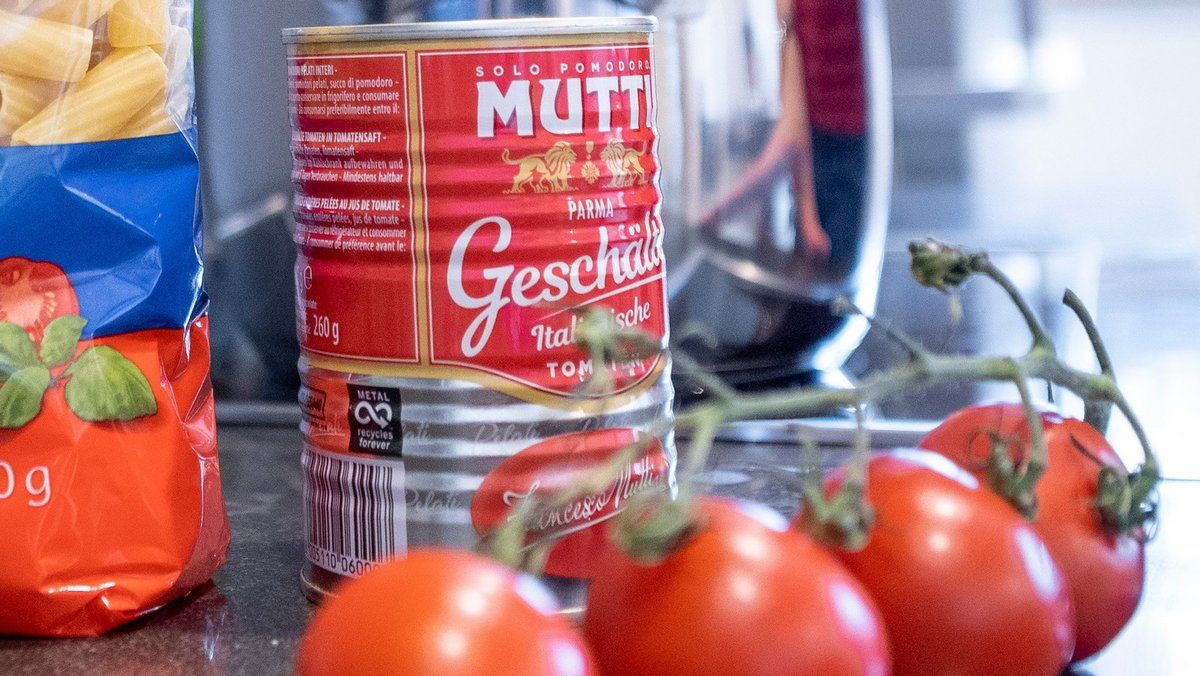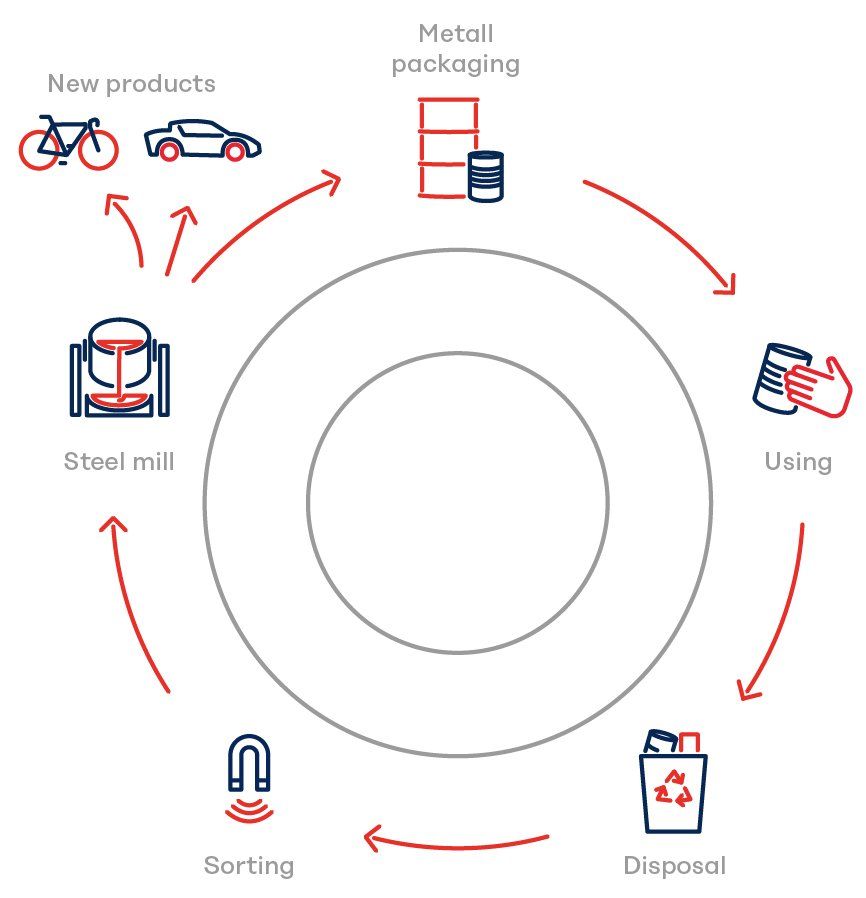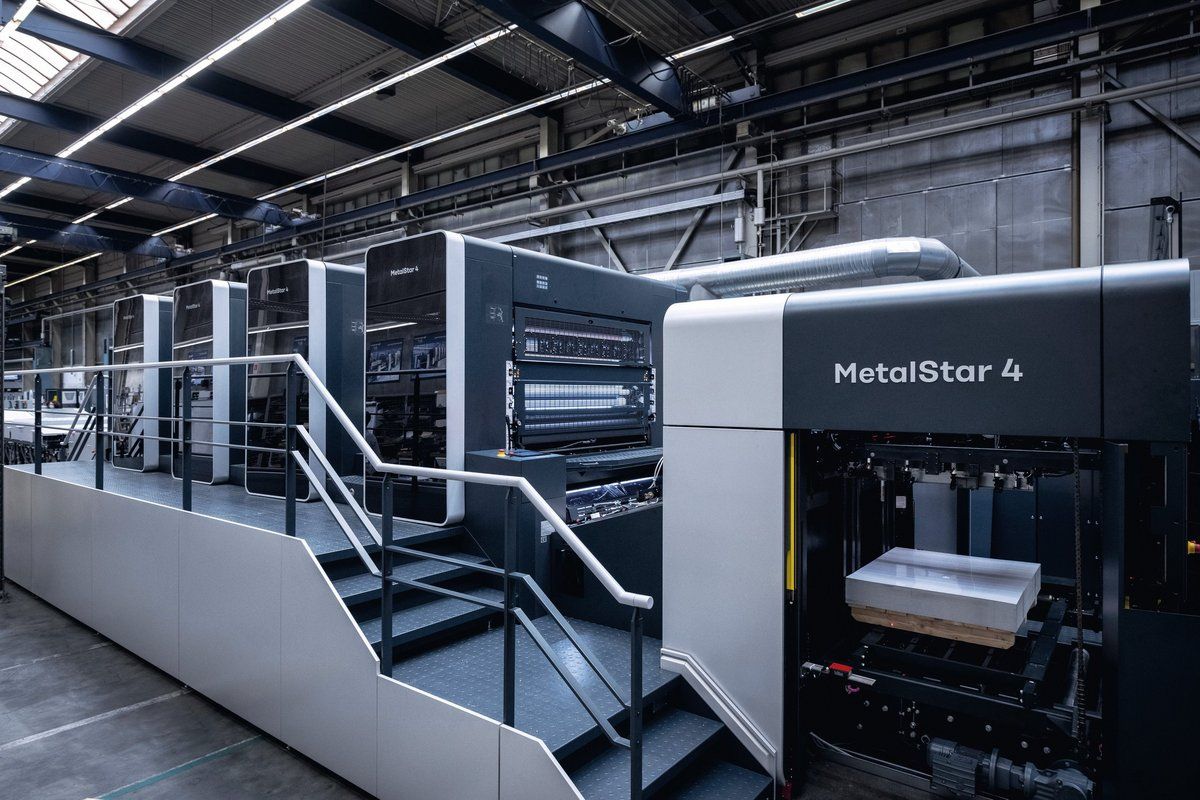One product – Many forms: We encounter metal packaging in the form of classic food or beverage cans, as biscuit or crème tins, or as packaging for chemical products such as paints, varnishes and oils. There can be no doubts about their practicality. And yet metal cans are, at times, also tarnished by a reputation for being the environmental bad guy among the packaging options. This is actually an injustice. This article aims to clear up misconceptions like these. What is the real story with regard to the sustainability of metal packaging?
The fact that more economical and more efficient resource use is one of the greatest challenges of our time is indisputable. The recycling of packaging is an important instrument in efforts to achieve this goal. Despite – or perhaps precisely due to – its particular properties, metal packaging has a significant role to play. First of all, it meets the requirement of being very durable. It protects the packaged products especially well, it is robust and unbreakable, and it extends the product life. Canned foods are often still edible many years on. This is how metal packaging makes an important contribution to avoiding food wastage.
Then there’s the fact that the coronavirus pandemic over the past two years has led to something of a revival for canned foods. When quarantine and curfews were being enforced, people increasingly turned to food products that promised a longer shelf life and greater versatility – and rediscovered food cans. The benefits: the vitamins are preserved and the contents remain edible for a much longer period.

Crisis-proof: during the coronavirus pandemic in particular, many people rediscovered canned foods as an option that guarantees longer-lasting protection against spoilage.
Born of necessity
The origin of the food can – on what is, sadly, a note that is once again topical – is actually found in a time of war: the French emperor Napoleon was looking for a better way to preserve the supplies of food for his troops. In 1810, Nicolas Auppert devised a method to preserve food in glass jars. Englishman Peter Durand built up on this method, and eventually received a patent for the tinplate can. At the time, cans were still produced using iron and were coated with a thin layer of tin. Even the most proficient workers were unable to produce more than 60 of these cans per day. By comparison, today’s metal decorating lines have an output exceeding one million beverage cans a day.

High recycling rates: metal packaging is well suited to recycling and keeps the majority of the raw materials used in a closed cycle.
Metal recycles forever – and comes full circle
The lifecycle of metal packaging is anything but over once the contents have been used or consumed. Recycling means that today’s food can become tomorrow’s car bodywork and next week’s ship propeller – or be turned back into a can once again. The raw materials used to produce the can aren’t wasted, and instead are reused time and again in a closed cycle. Recycling one tonne of metal packaging saves more than two tonnes of raw materials. Energy consumption can be reduced by up to 95 per cent, which in turn helps reduce emissions.
The recycling rate is formidable: in the case of packaging steel, it has remained stable at over 90 per cent in Germany for many years; the corresponding figure for the European Union overall is around 76 per cent.
The recycling rates for aluminium are similarly impressive. In addition, the energy input to remelt aluminium is up to 95 per cent lower than it is for the extraction of primary aluminium. In absolute figures: the re-use of 1 kg of aluminium avoids 20 kg of CO2 emissions. Its quality and physical properties remain unchanged. The recycling rate for aluminium in Europe averages around 75 per cent. Another interesting aspect is that three-quarters of all aluminium produced to date is still in circulation – thanks to the durability of the material and its outstanding recycling properties.

The new performance benchmark: Koenig & Bauer launched the MetalStar 4 at the end of 2021 – it is the company’s most advanced metal decorating press
Apropos metal decorating
Koenig & Bauer MetalPrint supplies production lines for coating and decorating of metal sheets – both tinplate and aluminium. The inside of food cans, for example, is coated to provide protection against corrosion. The best example of this is the white inside surface of a tomato can.
Production of three-piece cans (primarily food cans) involves priming metal sheets – usually with a format of 1200 × 995 mm – with a colourless or white coating, before decorating them in multiple colours and finally applying a second coating. Next, the individual images are cut out of the sheet and welded to form a cylinder. All that remains is the addition of a base and lid – and the three-piece can is finished.


